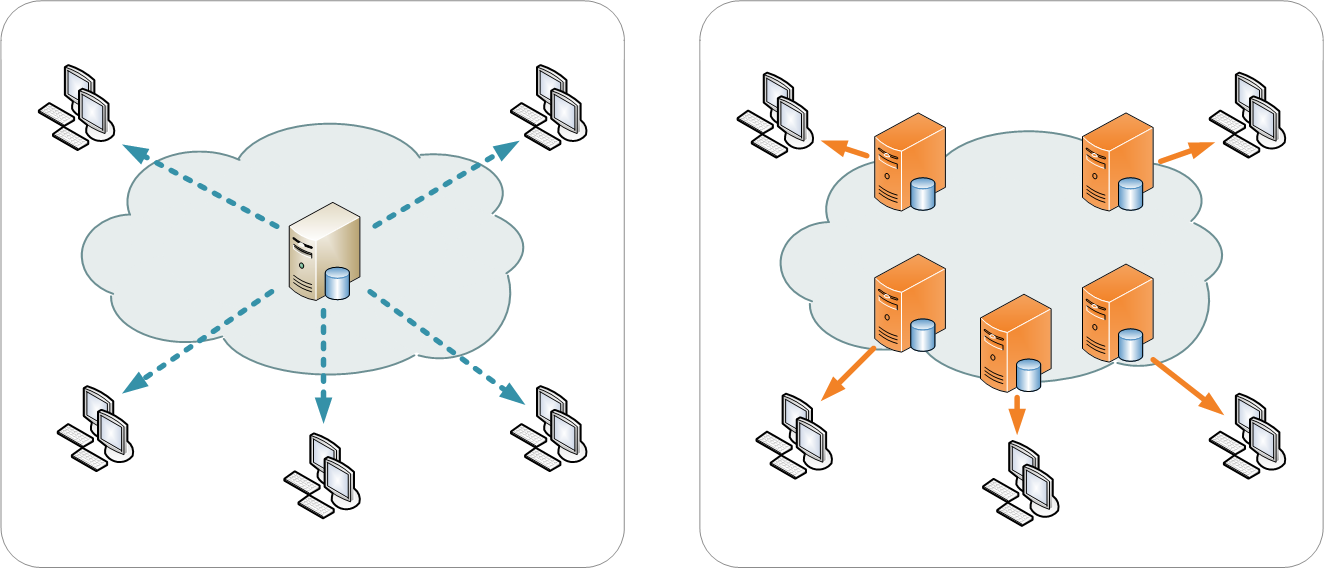
Fundamentally, every content delivery network that exists today uses the same process and works in the same way. The CDN basically serves content to visitors quickly from different locations, depending on the proximity of the user. However, CDNs can vary considerably in the eye of a webmaster. This is due to the fact that there are two different types of content delivery networks that can be found. There is push CDN and original pull or just pull CDN. Both of them have their own pros and cons. Some websites are better off with a push content delivery network whereas some benefit more with pull CDNs.
Understanding the difference between the two can help in making the right decision.
Push CDNs
The workings of a push content delivery network are remarkably similar to that of a secondary server. Content is directly uploaded to the CDN by the user and they are linked to it. FTP support is offered by some push CDNs while SOAP, REST and other protocols are supported by others such as Amazon Cloudfront. The purpose is that the primary server or the user takes responsibility for providing content to the delivery network thereby pushing it to the network. There is plenty of flexibility here as users can specify the content that’s uploaded, when it is updated and when it is expired.
Original Pull CDNs
As compared to push CDNs, a pull CDN works very differently as the content delivery network takes responsibility for putting files onto the network instead of the user. The content is left on the server by the site owner and the URLs are rewritten to point to the content delivery network. When a specific file is asked, the CDN is going to pull the file from the original server and then provide it to the user. The file is then cached by the CDN until it expires. Setting up these CDNs is quite easy and minimum storage space is required for it. But, it is not as flexible as push CDNs because it can create redundant traffic, which can make it a bit slower. For instance, there is Edgecast CDN. There might be a small difference in speed when people try to access it for the first time or access it after expiry.
Choosing the Correct CDN
Setting up a content delivery network is automated for most websites, but the two different kinds of CDNs are suitable for different websites.
- Sites with lots of traffic will do better if they make use of a pull CDN. The traffic is evenly spread out and content remains quite stable. Therefore, it makes sense to set a higher expiration for limiting unneeded content pulls. Content that’s cached on the network can be served to a majority of the customers in this way.
- Sites that don’t get a lot of traffic will do better when using a push CDN. Content only has to be pushed once onto the network and left up instead of being pulled at regular intervals.
Weigh the advantages and disadvantages of each system for choosing the right CDN.









![Watch Video Now on xiaohongshu.com [以色列Elevatione perfectio X美容仪 perfectio X 全新仪器黑科技了解下]](https://www.techburgeon.com/wp-content/uploads/2019/07/perfectiox-singapore-150x150.jpg)
